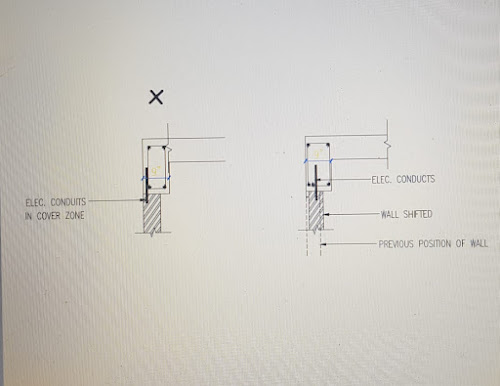What Is Fly Ash???Advantages Of Fly Ash
- Get link
- X
- Other Apps
WHAT IS FLY ASH??
Fly ash is a by-product of the combustion of pulverized coal in thermal power plants. The dust collection system removes the fly ash, as a fine particulate residue, from the combustion gases before they are discharged into the atmosphere.
Fly ashes exhibit pozzolanic activity. The American Society for Testing and Materials (ASTM) defines a pozzolan as “a siliceous or siliceous and aluminous material which in itself possesses little or no cementitious value but which will, in finely divided form and in the presence of moisture, chemically react with calcium hydroxide at ordinary temperature to form compounds possessing cementitious properties.”
Advantage of using Flyash
1) Improvement in durability.
2) Less heat of hydration.
3) Higher strength at later age.
4) Improvement in workability and cohesion.
5) Environment-friendly material.
6) Economy.
Fly ash is tested as per IS 3812 & Requirements of IS code are as follows
Physical requirements.
For Siliceous flyash
1) Fineness= 320 sq.m/ kg. ( Min. )
2) Particles retained on 45 micron ( Wet sieving )= 34 ( Max )
3) Lime reactivity = 4.5 N /sq.mm Min.
4) Compressive strength in 28 days = not less than 80% of the strength of corresponding plain cement mortar cubes
5) Soundness= 0.8
6) Loss on Ignition = 5 % Max.
Chemical requirements
Sio2+Al2O3+Fe2O3 = Min 70
Sio2 by mass = Min 35
Reactive Silica = Min 20
MgO= Max 5.0
So3= Max 3.0
Na2)= Max 1.5
Total Chlorides= Max 0.005
LOI= Max 5.0
Typical result of Flyash
- Get link
- X
- Other Apps



Comments
Post a Comment